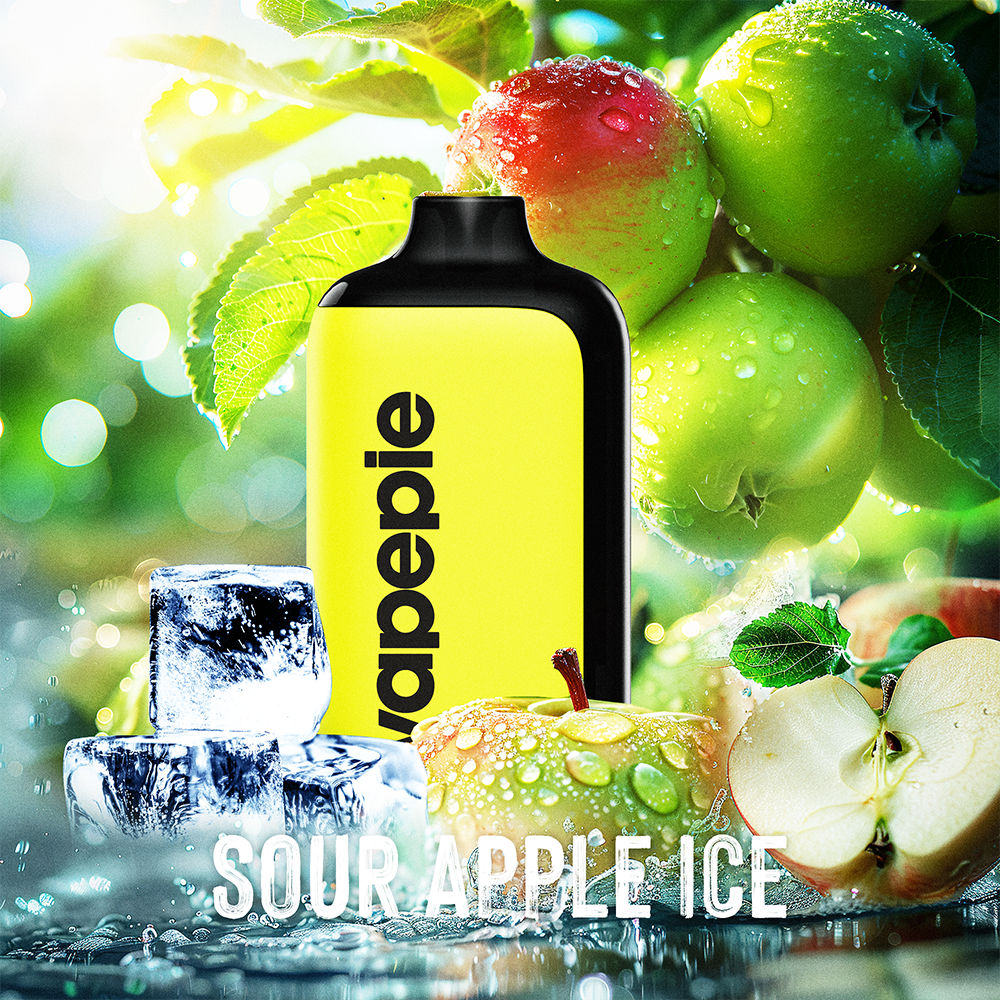
ARE YOU OF LEGAL VAPE AGE?
Please confirm that you are of legal age to purchase vaping products to access our site.

Please confirm that you are of legal age to purchase vaping products to access our site.
Some items are no longer available. Your cart has been updated.
This discount code cannot be used in conjunction with other promotional or discounted offer.
As the term “AI” seeps into every corner of the vaping industry like e-liquid into cotton, we’ve witnessed a flood of shallow innovation and misapplied technology. From “smart vape pens” that merely read out nicotine levels to apps that generate lifeless usage reports, these superficial integrations have failed to capture AI’s true essence. Instead of ushering in a new era of intelligence, they’ve left the industry trapped in a state of “intelligence for the sake of intelligence.”

These so-called “AI vapes” are often just traditional hardware wrapped in digital glamour — rigid, standardized, and disconnected from real user needs. For forward-thinking brands like Vapepie, it’s time to cut through the noise and rediscover what true intelligence means for the vaping world.
The ultimate form of AI in vaping isn’t about flashy voice commands or decorative data dashboards. It lies in adaptive intelligence — an invisible, deeply embedded system that learns, predicts, and responds to each user’s habits effortlessly.
An adaptive AI vape isn’t a separate assistant or a control chip. It’s a self-evolving ecosystem powered by multi-modal sensors, edge computing, and dynamic learning algorithms.
Its mission? To continuously and silently perceive how, when, and where users vape — then adjust power, temperature, and airflow in real time.
While traditional devices force users to adjust to the hardware, adaptive AI flips the relationship — the vape adjusts itself to the user. This marks the shift from “manual tuning” to “intelligent adaptation.”
The system establishes a cognitive–decision–execution loop, enabling genuine autonomy without user intervention — the same kind of leap smartphones made from feature phones.
To achieve true adaptability, a vaping device needs two essential capabilities:
1. Multi-Modal Sensing: Building a Real Understanding of Users
Adaptive AI begins with perception. Through a network of high-precision sensors, a Vapepie smart vape can detect minute details in usage — airflow pressure, puff duration, and draw strength — distinguishing between gentle mouth-to-lung inhales and deep direct lung hits.
It also monitors internal and external temperature variations, preventing overheating or dry burns, while adjusting to seasonal humidity changes that affect vapor consistency. Future models could even integrate biometric feedback such as heart rate or stress levels for smarter nicotine delivery.
By combining these diverse inputs through on-device computing, the system constructs a real-time, multi-dimensional user and environmental profile, ensuring accuracy and responsiveness without reliance on the cloud.
2. Dynamic Learning: From Statistics to Causal Intelligence
While early “AI vapes” merely collected puff counts and battery levels, adaptive AI brings true intelligence through real-time, causal learning.
This is AI that learns without intrusion — fast, private, and personal.
Once perception and intelligence merge, adaptive AI transforms the vaping experience in three dimensions: personalization, safety, and contextual awareness.
1. From Standardized Devices to Personalized Journeys
For decades, vaping has struggled with one paradox: diverse flavors constrained by uniform hardware. Adaptive AI resolves this by generating a unique flavor and preference map for every user.
Vapepie’s intelligent system learns how you vape in different moods and environments — strong throat hits in the morning, smoother vapor in the afternoon — and adjusts settings automatically. This “one device, a thousand experiences” approach boosts satisfaction and long-term loyalty.
2. Proactive Safety and Health Protection
Safety isn’t a feature — it’s the foundation. Adaptive AI elevates it from passive protection to active prevention.
By monitoring resistance, temperature fluctuations, and e-liquid viscosity in real time, the system can predict and prevent dry burns, ensuring consistent vapor quality and user safety.
3. Seamless, Context-Aware Companionship
The best technology feels invisible. Adaptive AI quietly tunes itself to every situation:
It’s not just a device anymore — it’s an intelligent lifestyle companion that understands you.
The real power of adaptive AI isn’t limited to a single vape. It opens the door to a new business ecosystem — from one-time hardware sales to continuous software and service revenue.
Each Vapepie device could evolve through OTA firmware updates, unlocking new adaptive modes, scene optimizations, or wellness features.
By connecting with health apps and wearables, adaptive AI can even offer personalized health insights, integrating vaping into a broader wellness framework.
This marks a strategic transformation from “selling devices” to offering hardware + software + service, shifting competitive focus from manufacturing scale to algorithm strength, data insight, and user experience excellence.
For every vaping professional and innovator, adaptive AI is no longer a futuristic concept — it’s the next competitive frontier. It signals a paradigm shift:
Brands like Vapepie that embrace this evolution early will escape the trap of price wars and build durable brand loyalty through intelligent experience design.
The journey demands mastery of sensor integration, edge computing, and lightweight AI algorithms — but it’s also the inevitable path toward higher value and maturity.
The vape of the future won’t just deliver nicotine; it will listen, learn, and adapt — becoming a silent yet intelligent partner in daily life.
Adaptive intelligence isn’t an accessory — it’s the soul of next-generation vaping. And it’s already rewriting the rules of the industry.

Comment